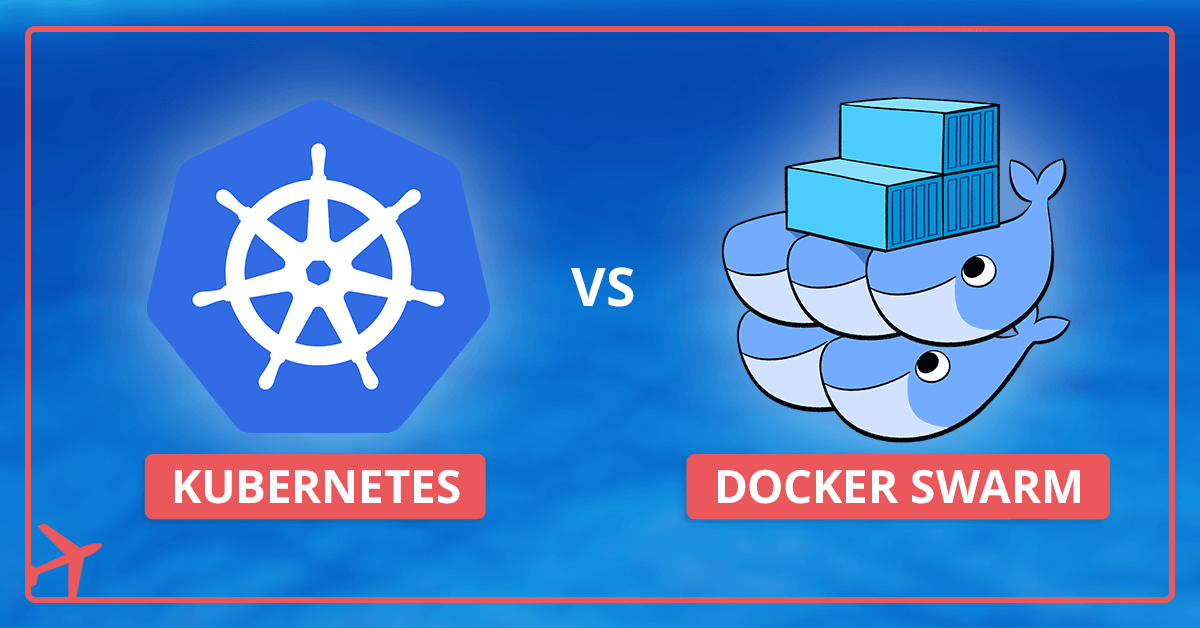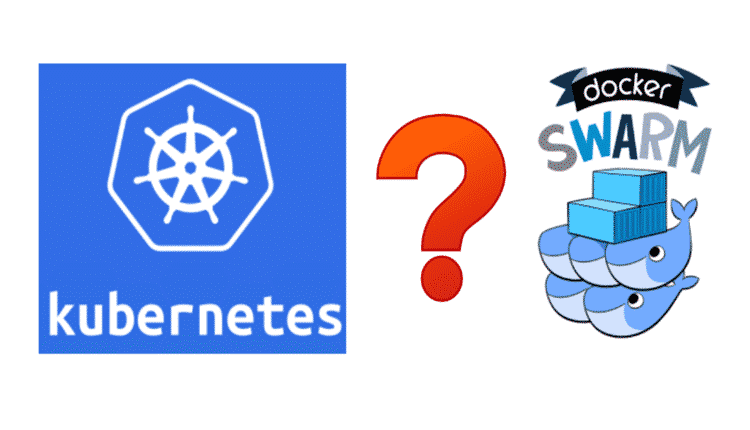

In a Kubernetes environment, developers create their applications using the concept of pods. Kubernetes simplifies the container management problem for large-scale deployments. But when the application is deployed to a production environment and there are hundreds or thousands of containers and services, the management tasks become complex. When developers are dealing with a handful of containers in a development environment, managing the services isn’t a big deal. Kubernetes is a container orchestration solution. Soon Microsoft, RedHat, IBM, and Docker joined to support the Kubernetes community. In mid-2014, Google introduced Kubernetes as an open source version of the Borg System. Around 2003, Google created the Borg System to deal with its growing cluster management problems. The journey of Kubernetes started independently of Docker. Kubernetes and the need for Container Orchestration Soon Docker containers started to show up in production environments. As the technology matured, the Docker open source community placed more emphasis on resolving the security concerns. Also, containers are created from common images and teams were wary about using bad images that might put the whole production pipeline at risk.ĭespite the concerns from production teams, Docker kept gaining momentum because it made life easier for developers. Using this vulnerability, hackers can easily launch Denial of Service (DoS) and other forms of attacks. So the risk of taking down the host machine through a container is higher. But unlike VMs, the kernel of the host machine is shared among the containers. At the time, they were already using Virtual Machines (VMs). Initially, due to security concerns, IT operations teams weren’t enthusiastic about using containers in production.
#DOCKER SWARM VS KUBERNETES 2017 SOFTWARE#
The low learning curve and ease-of-use made it a staple in the software development process. With Docker, developers could start, stop and destroy containers easily.
#DOCKER SWARM VS KUBERNETES 2017 HOW TO#
The reason was Docker made it simple to run containers, you can see the simplicity of Docker usage by reading this article which describe Top Docker commands and how to use them. Docker emerged in the container space in around 2013 and became an instant success. In the early 2000s, the development of the FreeBSD Jails and Linux Servers led to the Linux Containers (LXCs) in 2008. Their development can be traced back to the chroot system call in Unix.


Container platforms have been around since the 1970s. They contain all the necessary components like code, runtime, system tools, libraries, and configuration settings to execute consistently.ĭocker is an open platform for containers. Docker and the Rise of ContainersĬontainers are lightweight executable packages that run as a stand-alone software. So a good understanding of where these technologies stand will help you gain a competitive advantage for your business. Both technologies are improving rapidly and changing DevOps practices. However, for any DevOps practitioner, it’s important to understand the ins and outs of Docker and Kubernetes. As we’ll find out, the discussion should be more geared towards “Kubernetes vs Docker Swarm”. The conversation might be perplexing at first as Docker and Kubernetes are not direct competitors. As a result, anyone working in the DevOps space sooner or later will come across the “Kubernetes vs Docker” discussion.

In the last few years, containers have changed the face of software development and deployment. Understanding Docker and Kubernetes: Container Orchestration


 0 kommentar(er)
0 kommentar(er)
